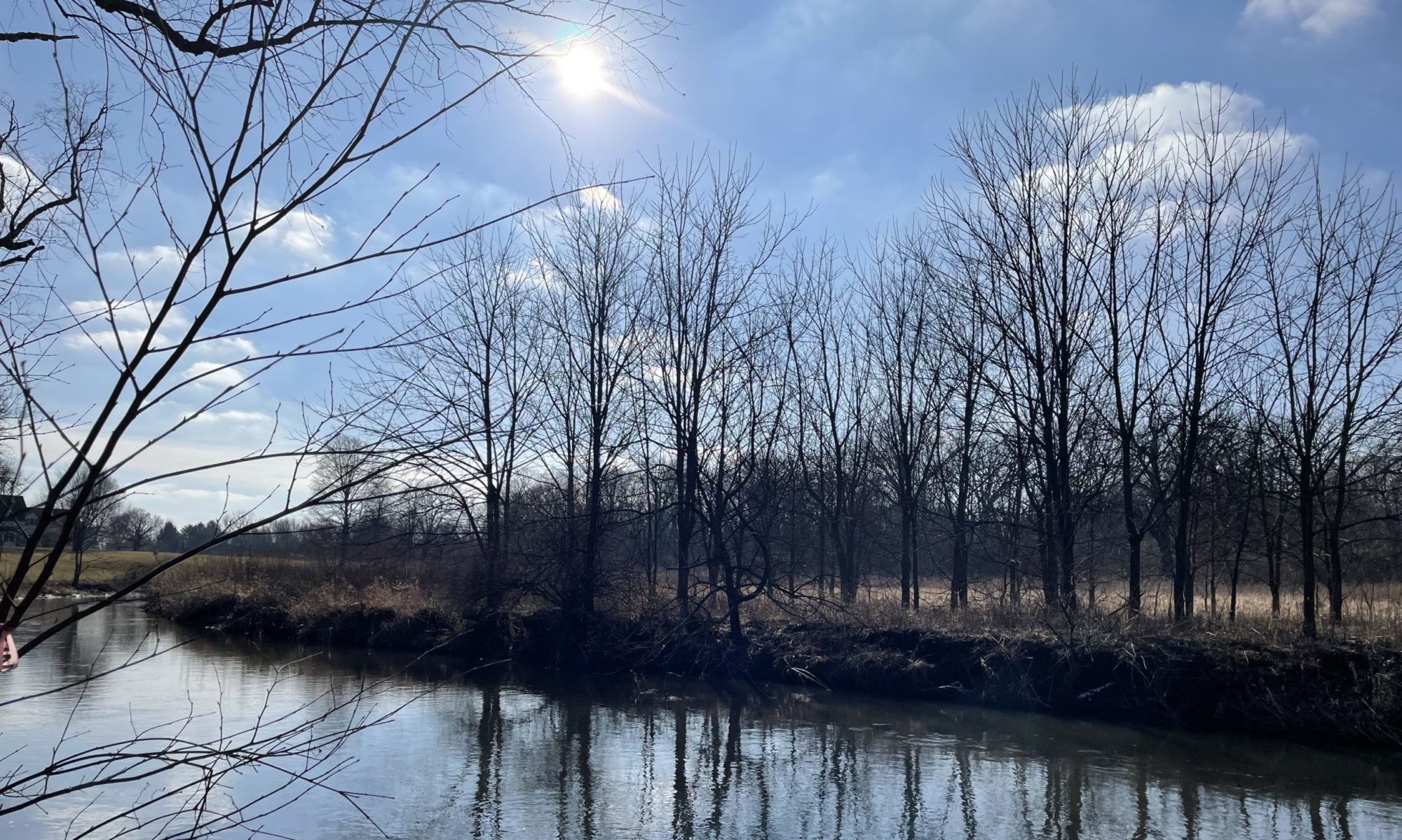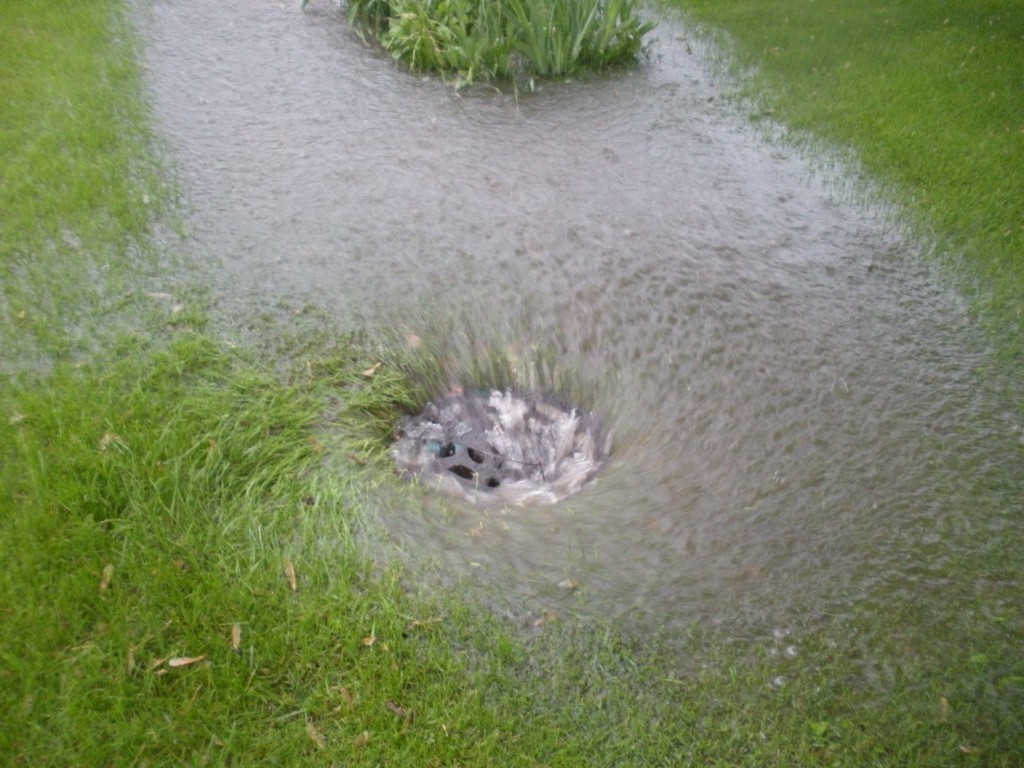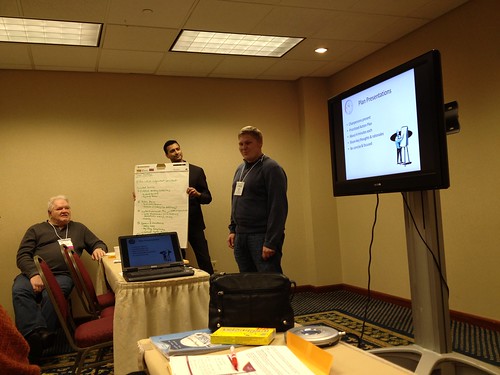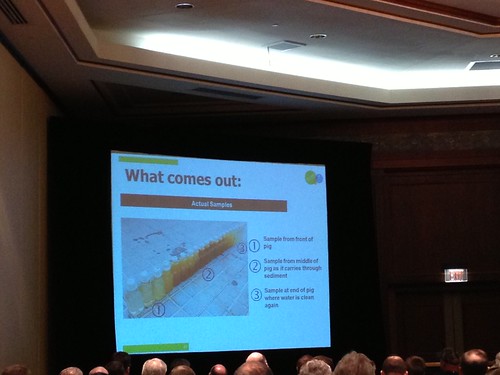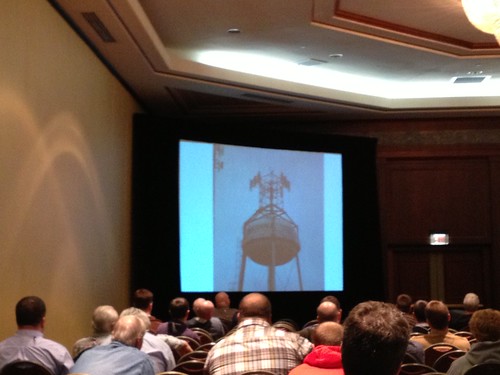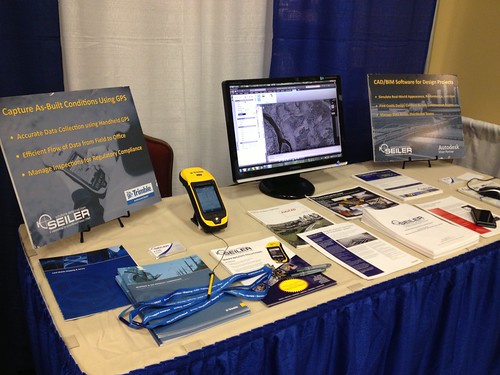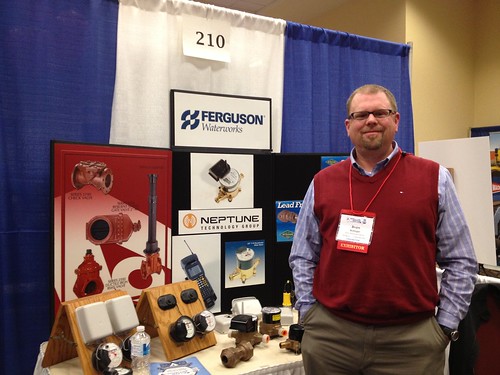 If you ask public works professionals what are the most common concerns or issues they handle in their community, you will probably hear stormwater or flooding mentioned. So when we thought about developing online courses related to public works, we decided to begin by creating one about this topic. The entire course is still in development, but we have several sessions completed. And now with the software we are using ready for a public release this summer, we believe we are ready to invite a group of beta testers in to try it out. There are no costs associated with taking any of the courses so if you think you might be interested in testing out this class, read on . . .
If you ask public works professionals what are the most common concerns or issues they handle in their community, you will probably hear stormwater or flooding mentioned. So when we thought about developing online courses related to public works, we decided to begin by creating one about this topic. The entire course is still in development, but we have several sessions completed. And now with the software we are using ready for a public release this summer, we believe we are ready to invite a group of beta testers in to try it out. There are no costs associated with taking any of the courses so if you think you might be interested in testing out this class, read on . . .
One of the exciting aspects of this course is the software which allows for quite a different experience than what is usually offered by more traditional online educational delivery systems. All courses are created in and managed through 3D GameLab – a quest-based learning platform (a screenshot of the interface is included later in this post). When you join the class you are entered into a group with other students of that course. Everyone's progress is tracked in the group tab of the class. As you proceed through each session, or quest, you gain points, and as you complete a series of tasks, rewards are earned to track your progress. Each session leading up to a reward builds on the material in the last one.
So far, the classes we have ready in the Stormwater Course are shown below. And because stormwater and flooding are ongoing concerns for many, we expect to continue adding quest groups to the course over time.
Introductory Quest Group – at completion the student achieves the "Climateer" Level and badge
- Welcome to Exploring Drainage

- When it Rains, It Pours
- Take the Damage Tour
- The Flood Lineup
- The Role of Government
Government Liaison Quest Group – at completion the student achieves the title of Government Liaison and earns a badge
 Flood Zones
Flood Zones- Flood Maps
- Flood Insurance
- Designing for the Storm
Castle Steward Quest Group – at completion the student achieves the Castle Steward level and earns the related badge
This group is still in development with the grayed-out quests not yet ready:
- The Lay of the Land

- Pump that Sump
- Never Saw that Coming
- The 500 Year Storm
- Preparing for the Flood
So who should take this type of course? It is designed to offer information in a format that would be interesting and relevant to property owners, people interested in stormwater, and even engineers and others working in public works who are just getting started in working with stormwater. At this time the signup process will ask you to verify you are 18 years or older. We can accommodate people younger including classes of high school students; however, we would want to discuss the access process before setting up accounts to ensure we comply with FERPA and COPPA.
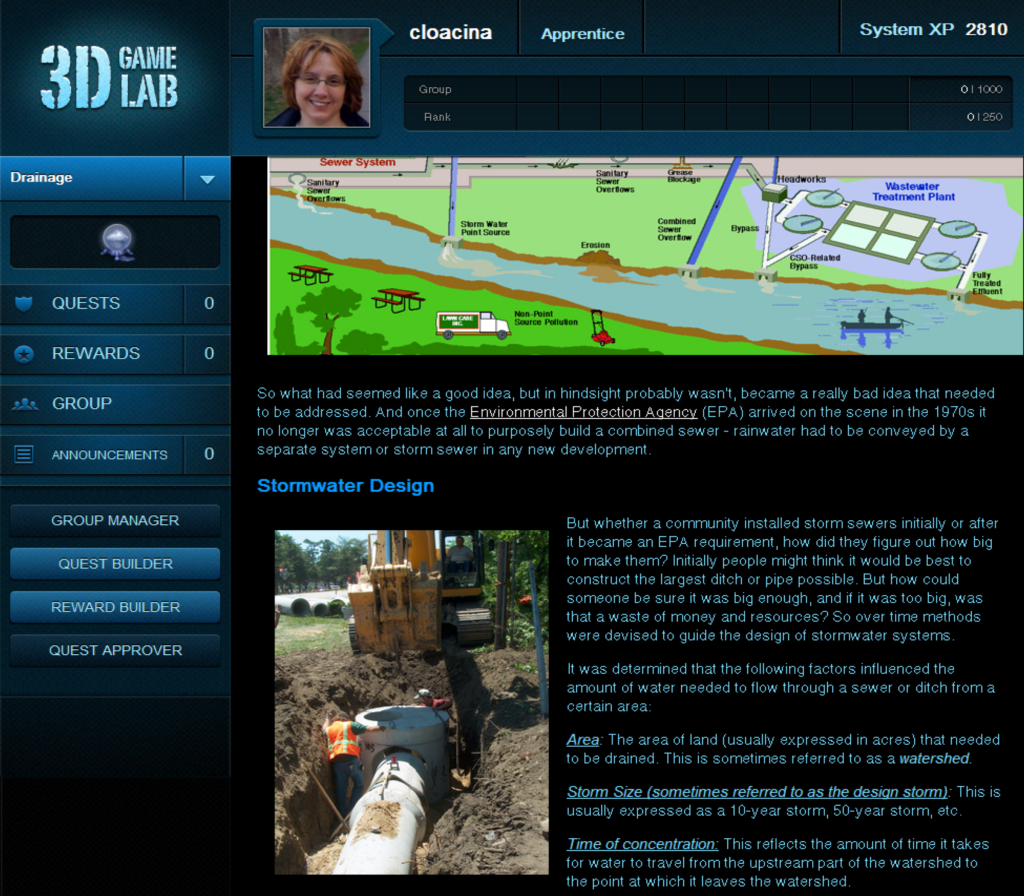
If you sign up to try it out, we would appreciate any feedback you have including ideas about how we can make the course better or ideas for other courses you would like to have us develop. At this time the class is limited to 60 people so if you are interested, make sure you sign up now with the form below to secure your spot!
Note: Thanks to http://iconka.com for the first image in this post
